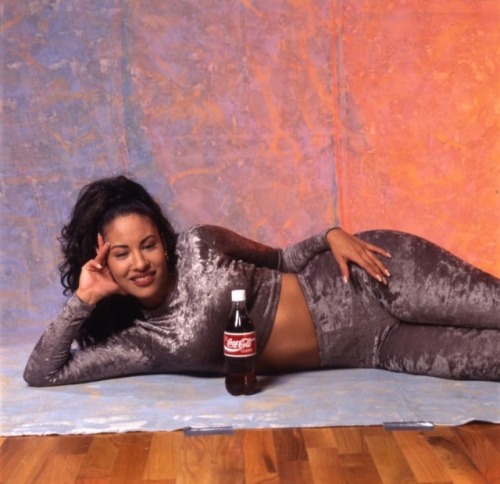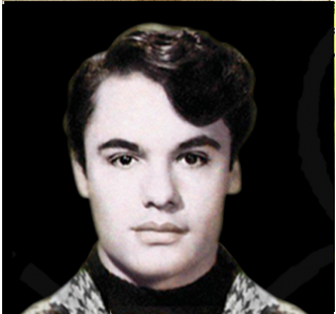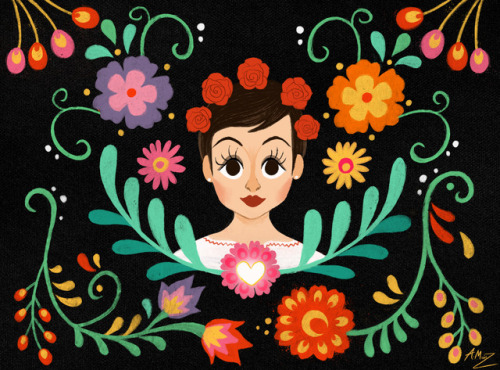#latin music
Joyous music! The Bongo Hop Ft. Nidia Gongora - La Ñapa

| Check out the cover of this month’s billboard US, extolling Latin music and how it was for actor Vin Diesel to work with Anitta and Nicky Jam, who are part of the official Soundtrack for the movie “Velozes e furiosos 9”.



|Anitta and Fred de Palma, During the recording of the music video for “Un Altro Ballo”.

| Let’s go mon soleil -Anitta via instagram
| “Furiosa”, my new song of the #F9 Soundtrack is out! @thefastsaga.
-Anitta via instagram

| Click by Anitta, Plínio and Lunay, During the recording of the video “Todo o Nada”.
Jasmin - On the Loose (1987)
Juan Gabriel, Gay Mexican Icon
(January 7, 1950 – August 28, 2016)
With his glittery capes, slinky dance moves and ultra-romantic lyrics, Mexican superstar Juan Gabriel was an unlikely king in a country known for its machismo. He never spoke about his sexuality, yet was widely assumed to be gay. It’s no surprise that the singer was an icon in Mexico’s gay subculture.
Having sold over 100 million copies worldwide, Gabriel is among Latin America’s best-selling singer-songwriters. His eighteenth studio album, Recuerdos, Vol. II, holds the distinction of being the best-selling album of all-time in Mexico, with over eight million copies sold.
During his career, Gabriel wrote around 1,800 songs. Releasing 35 albums over the course of his45-year career, he became beloved by multiple generations of fans in Latin America, Spain and the United States. His genres varied widely, from mariachi to salsa to disco.
In 2002, a few years before Mexico City legalized gay marriage, the famously effeminate singer shut down a journalist who asked if he was gay. “You don’t ask about what can be seen,” he said.
Although Gabriel never publicly claimed the gay community, that community certainly claimed him, with his romantic Spanish-language ballads belted late into the night in drag bars on both sides of the border.
Many have credited Juan Gabriel with opening the door to greater expression of gender and sexuality, even if he never explicitly called for it. Like Prince, or David Bowie, Juan Gabriel was known for his gender-bending clothing and occasional touch of eye makeup.
“I think he made a deep cultural change not by talking about his sexuality but by living it out on stage,” said Alejandro Madrazo, a law professor in Mexico who is an expert on the legal battle for same-sex marriage in the country. “Juan Gabriel taught us how to be feminine.”
Madrazo recalled seeing Juan Gabriel perform before a large crowd at a cockfight, a sport that exemplifies Mexico’s machismo culture.
“He would dance in a way that was sexy and provocative in front of all these stereotypes of a Mexican man,” Madrazo said. “He would literally shake … in their faces, and they would go crazy.”
In an homage to Juan Gabriel published on the website of Mexico’s Millenio newspaper, journalist Alvaro Cueva recalled friends making fun of Juan Gabriel for his effeminate stage presence. At some schools, his name was used as an anti-gay slur.
Cueva called Juan Gabriel subversive. “You … became an idol in a country of macho men,” he wrote. “You made homophobic people sing and dance.”
Eduardo C. Corral, the gay Chicano poet, shared a story on Twitter about how it was easier for his parents to accept him after he came out to them because of Juan Gabriel. “In high school, I came out first to my mom. She told my dad when he got off work at midnight. She was nervous. Afraid of his reaction. My dad’s response? He said, in Spanish, ‘So what? So is Juan Gabriel,’” Corral wrote.
The poet relayed an experience that was common for LGBT Latinos and their families. “Over the years, Juan Gabriel became part of many Mexican families. Yes, he was mocked. But there he was. In our homes. Familiar & strange. Queerness, then, became a presence in Mexican homes. In my home. This familiarity with queerness helped my father to keep loving his son,” tweeted the poet.
In all his glory, Juan Gabriel was an incredible performer and singer-songwriter, but it is his impact on the LGBT Latino community that must not be erased from the narrative of his legacy.
Post link
Havana D’Primera “Al Final de la Vida” (2016)

Next dream collaboration
Continuing where I left off with my Top 10 Music Countdown! #6 - Miguel Bosé
Miguel Bosé is one of the artists with whom I was always familiar with while I was growing up, but now as an adult I fully appreciate his music and find him to be a very innovative and original artist. He does what he wants with his music and his image, regardless of what people may say - and I have mad respect for that. His honesty is what I love so much about his music and his lyrics - his songs are very human and beautiful.
I got to see Bosé in concert last year in Seville. I don’t know if it’s because of the surreal-ness of having been totally alone standing in a huge crowd of strangers, in a foreign city, in an outdoor concert venue (on a full moon night, to top it off!!), or maybe just because of the etherealness of Bosé himself, but it felt *magical* and I’ve never cried so hard at a concert! Maybe it’s also because he sang “Estaré” - the most heartbreakingly beautiful parent-to-child song I promise you will ever hear.
My favorite songs: Si Tú No Vuelves, Nada Particular, Amo, Estaré, Duende, Te Amaré (MTV Unplugged version), Como Un Lobo
Post link
My Top 10 Music Countdown, #8: Natalia Lafourcade
Natalia is the first of 5 Spanish-language artists on my list! If you think you don’t know her, think again - she sang in the end credits of Pixar’s “Coco”, much to my excitement! She is in my opinion one of the most outstanding Mexican artists on the scene today; her music has a marvelous, magical quality, and she radiates a kindness in her voice that makes her seem like that friend who is always there for you when you are sad. And indeed, even her album “Hasta La Raíz”, which was inspired by a breakup is less about anger and regret and more about reflecting on how we grow and learn from the people and experiences in our lives. Natalia is a strong believer in honoring our roots, and so she pays homage to the music of Mexico in many of her songs. She sings from the heart and soul, and in her 15-year career has created music that is completely honest and authentic - and for all these reasons she is number 8 on my countdown!
My favorite songs: The entire album “Musas” - really, it is that good.
Post link


Bad Bunny for billboard✨






























































